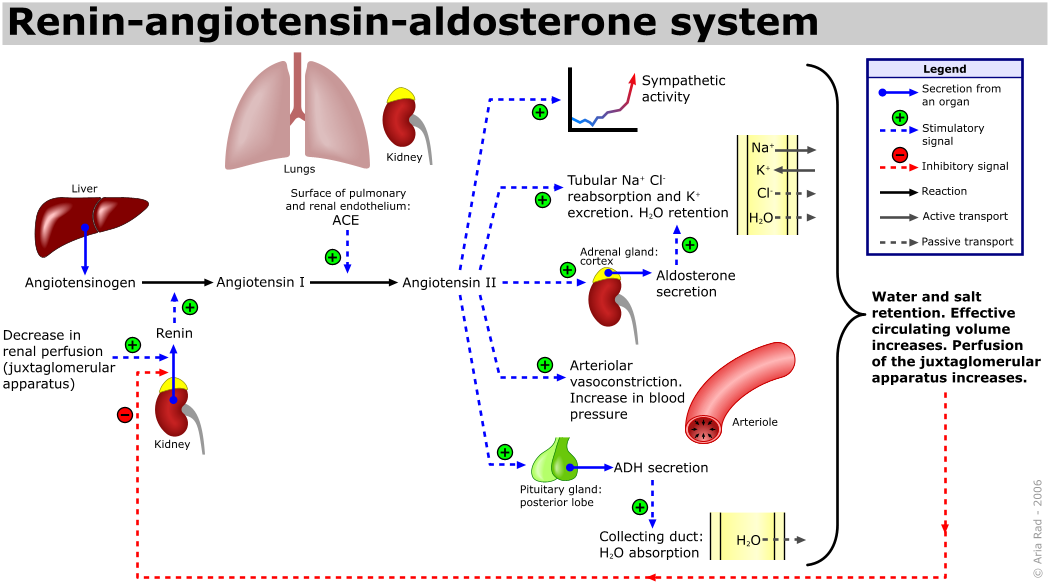There are 7 ARBs:
Candesartan.....Atacand
Losartan.......... Cozaar
Olmesartan......Benicar
Valsartan..........Diovan
Talmisartan.....Micardis
Irbesartan........Avapro
Eprosartan.......Teveten
They are believed to be just as effective as ACE Inhibitors, and have similar side effects except cough is far less common.
The ARBs were developed to overcome several of the deficiencies of ACE inhibitors: competitive inhibition of ACE results in a reactive increase in renin and angiotensin I levels, which may overcome the blockade effect; ACE is a relatively nonspecific enzyme that has substrates in addition to angiotensin I, including bradykinin and other tachykinins, and thus, inhibition of ACE may result in accumulation of these substrates; production of angiotensin II can occur through non-ACE pathways as well as through the primary ACE pathway, and these alternative pathways are unaffected by ACE inhibition; specific adverse effects are associated with ACE inhibitor effects on the enzyme; and ARBs may offer more complete angiotensin II inhibition by interacting selectively with the receptor site (from here)

